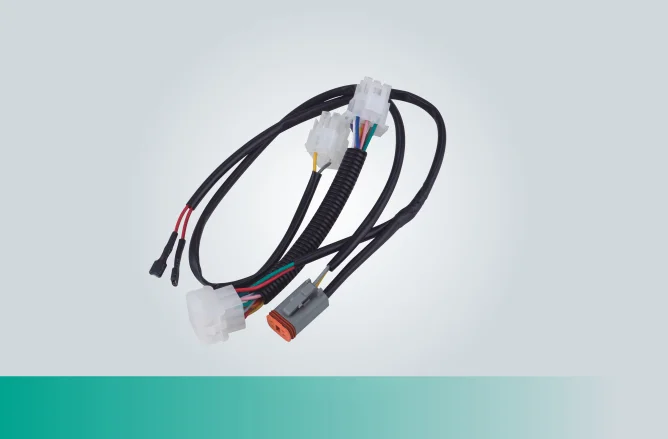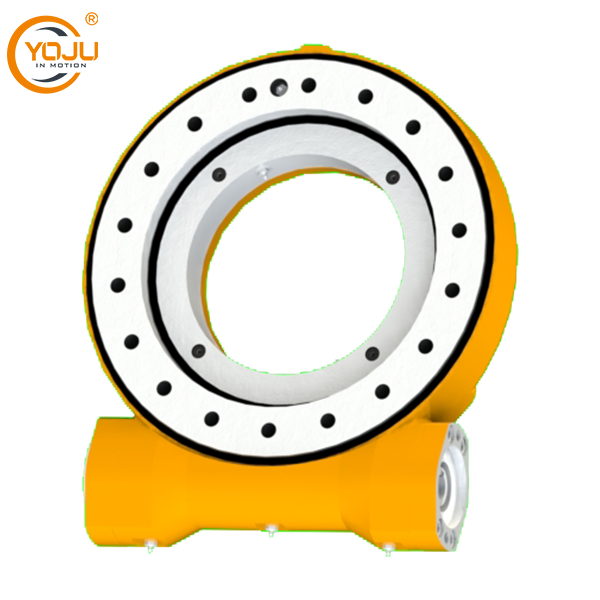When it comes to home improvement and renovation projects, stripping paint can often be one of the most labor-intensive and challenging tasks. Whether you're a DIY enthusiast or a professional contractor, finding the right tools and products to effectively remove paint is crucial. Among the myriad of options available, 3M products have gained a reputation for their reliability and effectiveness. But the question remains: will 3M strip paint effectively? In this article, we will explore the capabilities of 3M paint stripping solutions, their application methods, and best practices to ensure optimal results.
Understanding 3M Paint Stripping Solutions
3M offers a range of paint stripping products, including chemical strippers, sanding discs, and abrasive pads. Each product is designed with specific applications in mind, catering to various surfaces and types of paint. The effectiveness of these products largely depends on the type of paint being removed, the surface material, and the method of application.
- Chemical Paint Strippers
3M's chemical paint strippers are formulated to break down paint bonds, making it easier to scrape or wipe away the old finish. These products are particularly effective on multiple layers of paint and can be used on wood, metal, and masonry surfaces. When using chemical strippers, it is essential to follow the manufacturer's instructions carefully, as improper use can lead to damage to the underlying surface or ineffective paint removal.
Key Considerations:
- Surface Compatibility: Always check if the chemical stripper is suitable for the surface you are working on. Some strippers may not be safe for use on certain materials.
- Ventilation: Ensure adequate ventilation when using chemical strippers to avoid inhaling harmful fumes.
- Safety Gear: Wear appropriate safety gear, including gloves and goggles, to protect yourself from chemical exposure.
- Abrasive Solutions
For those who prefer a more mechanical approach, 3M offers a variety of sanding discs and abrasive pads designed for paint removal. These products are particularly effective for surfaces that can withstand abrasion, such as wood and metal. The advantage of using abrasive solutions is that they can provide immediate results without the need for chemical agents.
Best Practices:
- Choose the Right Grit: Select the appropriate grit for the job. Coarser grits (e.g., 60-80) are suitable for heavy paint removal, while finer grits (e.g., 120-220) are ideal for finishing touches.
- Use a Power Sander: For larger areas, consider using a power sander equipped with 3M sanding discs to expedite the process.
- Keep the Surface Cool: Avoid overheating the surface, which can lead to damage. Move the sander in a consistent motion to maintain an even temperature.
Comparing Effectiveness: Chemical vs. Abrasive Methods
The choice between chemical and abrasive methods largely depends on the specific project requirements. Chemical strippers are often more effective for intricate details and hard-to-reach areas, while abrasive methods excel in open spaces and flat surfaces.
Pros and Cons
- Chemical Strippers:
- Pros: Effective on multiple layers, less labor-intensive, suitable for detailed work.
- Cons: Potentially harmful fumes, longer wait times, surface compatibility issues.
- Abrasive Methods:
- Pros: Immediate results, no harmful chemicals, suitable for larger areas.
- Cons: Risk of surface damage, requires more physical effort, may not be effective on multiple layers.
Conclusion: Will 3M Strip Paint?
In conclusion, 3M products can indeed strip paint effectively, provided that the right product and method are chosen for the specific task at hand. Whether you opt for chemical strippers or abrasive solutions, understanding the strengths and limitations of each approach will help you achieve the best results.




More Stories
Enhance Your Golf Cart's Performance with a Golf Cart Modification Wiring Harness
Innovative Clinker Silo Design for Cement Storage Efficiency
Innovative Applications of Jwell PVC Extruder in Plastic Processing